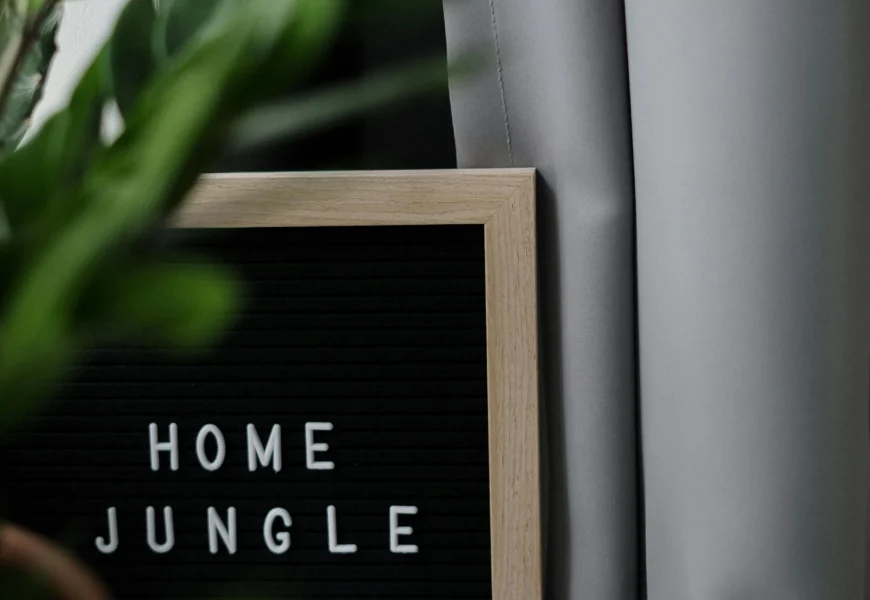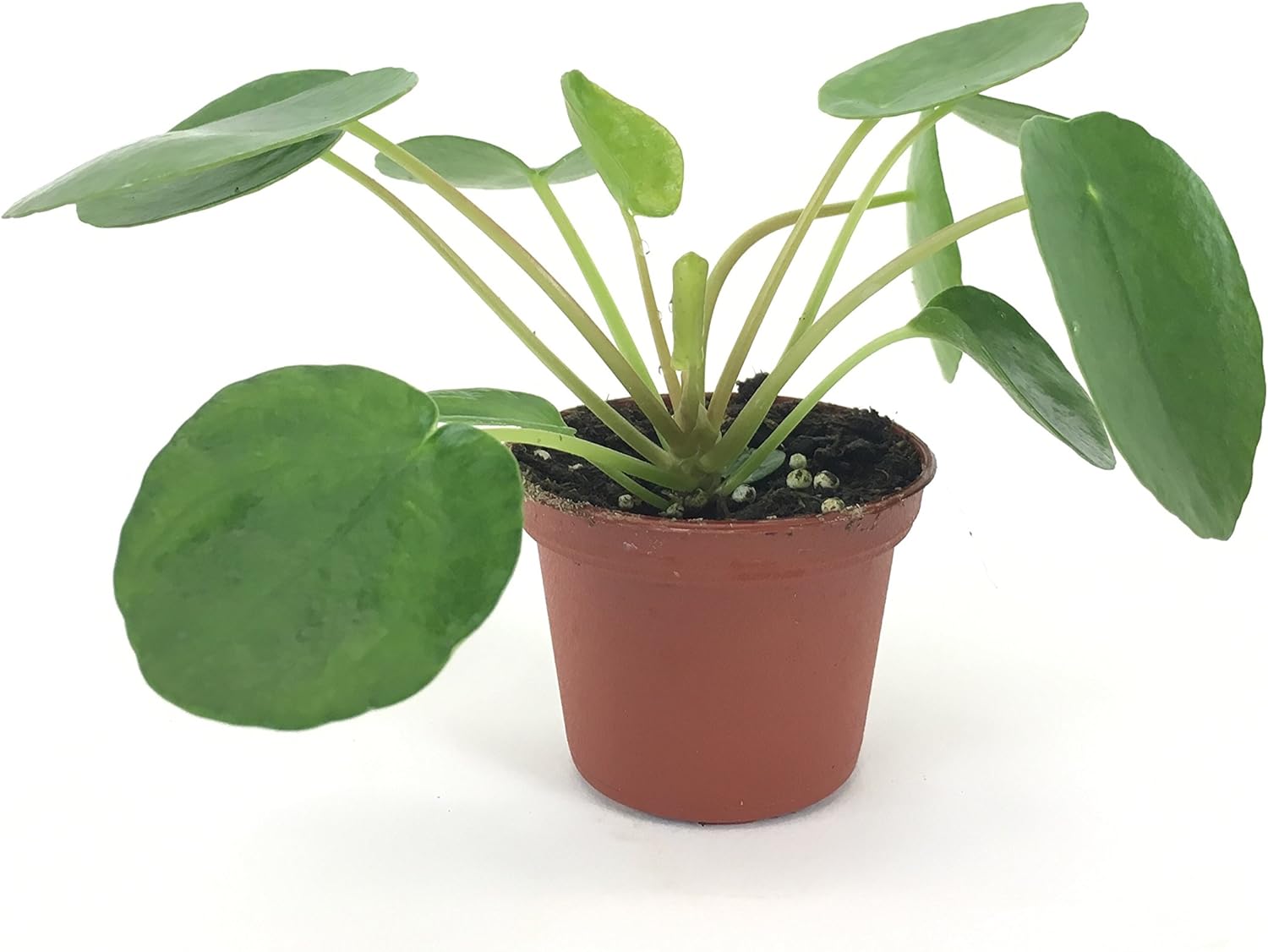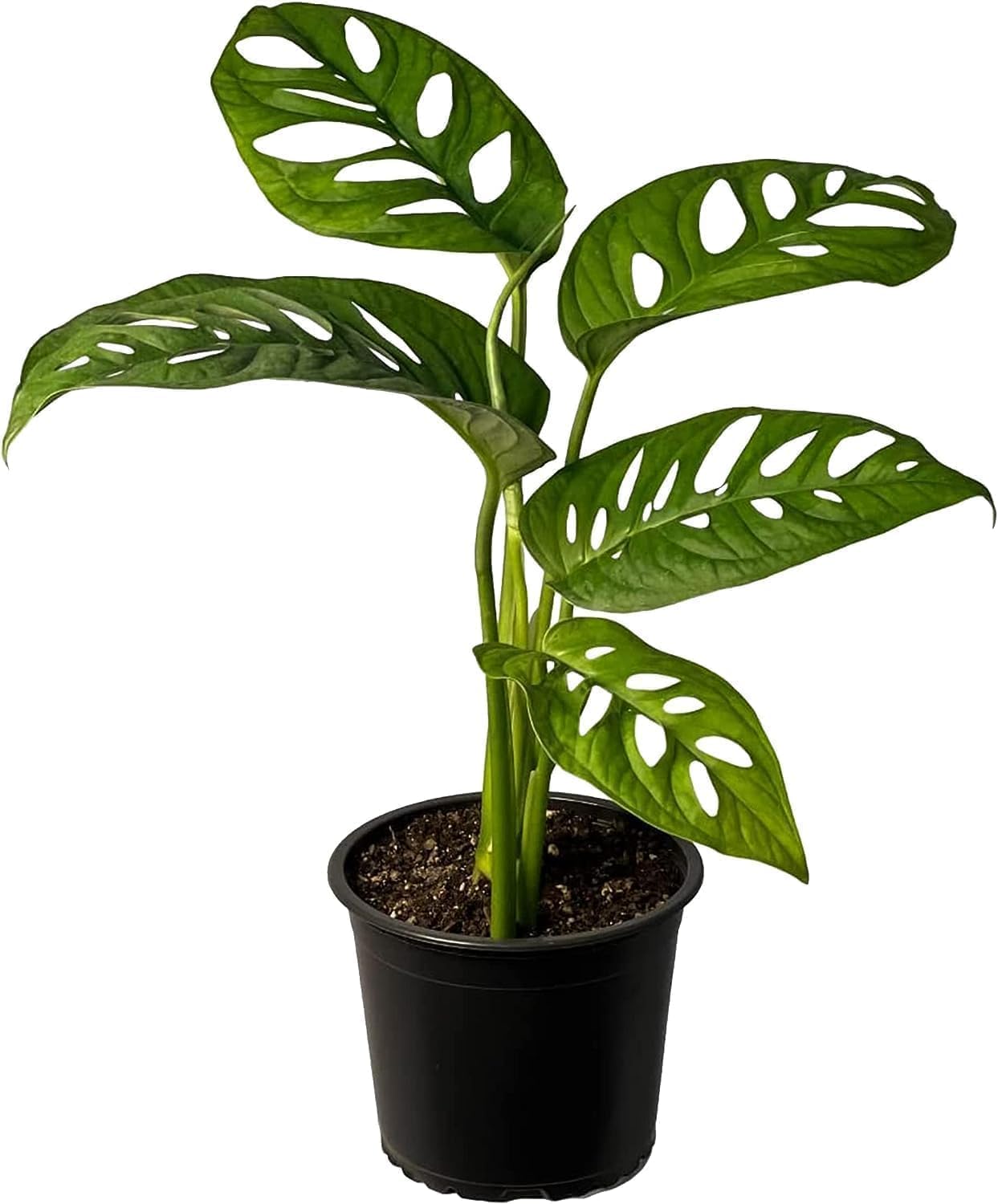We all love the idea of bringing the outdoors in, don’t we? Lush foliage, vibrant blossoms, and the soothing sounds of nature all within the comfort of our homes. But what many don’t realize is that maintaining this indoor oasis can come with a hefty price tag. Sure, you can buy a cheap houseplant from the supermarket, but the real expenses start piling up once you bring it home. Let’s delve into the high cost of houseplants and the hidden costs associated with building and maintaining your indoor jungle.
Table of Contents
1. The Initial Investment
You’ve finally found the perfect plant – that stunning monstera with its fenestrated leaves or the quirky, trailing pothos that will look amazing in your hanging macrame. You excitedly bring it home, pot it up, and bask in its green glory. But hold your horses! This is just the beginning of the financial journey. The initial investment in a new plant goes beyond the purchase price.
Let’s break down the costs involved:
- The Plant Itself: The cost can vary greatly depending on the type of plant, its size, and where you buy it. A small succulent from a local garden center might set you back a few dollars, while a mature fiddle leaf fig from a specialty shop could cost hundreds.
- The Right Pot: You need a pot that suits the plant’s size, drainage needs, and your aesthetic preferences. This could mean spending a few dollars on a basic plastic pot or investing in a stylish ceramic pot that complements your decor.
- Potting Mix: The right potting mix is essential for plant health. Choosing a quality, peat-free mix can cost more than a cheap, generic blend, but it will likely lead to a happier and healthier plant in the long run.
- Optional Extras: You might also want to consider investing in a drainage saucer, a humidity tray, or a plant stand. These can all add up, but they can also contribute to the overall well-being of your plant.
While the initial investment might seem manageable, remember that the costs only begin here. Just like any pet, your plants will need ongoing care, and that’s where things can start getting expensive. Let’s dive into those expenses in the next section.
Related Posts:
- Pet-Friendly Houseplants: Creating a Safe Haven for Your Pet
- Feline-Friendly Foliage: Safe Houseplants for Your Kitty
2. Ongoing Care Costs
Now that you’ve got your initial houseplant investment down, let’s talk about the ongoing costs that keep those leafy companions thriving. Think of it as an ongoing commitment, just like a pet!
Watering might seem like a freebie, but it’s not always as simple as pouring water from the tap. For your delicate orchids, you might need special orchid potting mix and bottled water. For a desert-dwelling cactus, you’ll need to water sparingly to prevent root rot. And those demanding house plants might require specialized fertilizers and water quality adjustments.
Repotting is another cost factor. Eventually, your house plants will outgrow their pots and require a bigger home. This means buying fresh potting soil, new pots, and potentially even a bit of elbow grease if you decide to DIY the repotting process.
Pest control is crucial to keeping your plant collection healthy. This can involve purchasing insecticides, fungicides, or even a trip to a local nursery for expert advice.
Sunlight is essential for plant growth, but sometimes you need a little help. Depending on your houseplant collection, you might need to invest in grow lights, especially during the shorter days of winter. Or you might need to spend money on window treatments to filter the intense summer sun.
Maintenance is often overlooked, but it’s a vital part of keeping your houseplants thriving. Consider regular pruning, leaf cleaning, and even plant-specific grooming techniques for specific varieties, like trimming your cherry blossom to encourage new growth.
The Bottom Line
While a potted plant might seem like a small investment, the costs can add up quickly, especially as your collection grows. Remember, you’re not just buying a plant; you’re investing in a living ecosystem that needs care and attention.
Just like a pet, house plants offer companionship and joy but require a long-term commitment. If you’re not willing to dedicate your time and resources to their care, you might be better off opting for a few low-maintenance plants, or maybe just a houseplant-themed artwork instead.
Think of it this way: your indoor jungle is an investment in your well-being and aesthetic. It’s a reflection of your personality and style, and it can be a source of joy and stress relief. But it’s also a responsibility. **
Don’t forget to check out these related posts on our blog:
- Pet-Friendly Plant Picks: Safe & Easy Houseplants for Homes with Pets – Learn about safe and beautiful plants for your home.
- The Green Thumb Guide: 5 Ways Houseplants Boost Your Well-Being – Discover the hidden benefits of having houseplants.
3. Hidden Expenses
While you might be focused on the price tag of your new plant baby, there are a few hidden costs that can creep up on you. Let’s dive into some often-overlooked expenses:
1. The “Just One More” Syndrome: You know it, you love it! That irresistible urge to bring home just one more plant can quickly turn into a full-blown obsession. Before you know it, you’ve filled your home with a jungle of leafy companions. This can lead to increased spending on pots, soil, and even more plants! To curb this urge, try setting a budget for your plant purchases or challenge yourself to find creative ways to propagate existing plants. This way, you can add to your collection without breaking the bank.
2. The “Upgrading” Game: You’ve just potted your succulent in a cute little clay pot, but then you see a stunning ceramic planter that would perfectly complement its vibrant colors. You’re not alone! It’s easy to get swept up in the world of plant aesthetics, and the allure of designer pots, unique planters, and even decorative accessories can add up. To avoid overspending, remember that your plant’s well-being is paramount. Prioritize functional pots and containers that suit your plant’s needs, and feel free to add decorative touches with affordable alternatives like DIY projects.
3. The “Potting” Dilemma: Potting soil is an essential ingredient for healthy plants, but it can also be a recurring expense. As your plant collection grows, so does your need for fresh potting mix. If you’re finding yourself constantly replacing your soil, consider exploring alternative options like making your own potting mix using compost or researching nutrient-rich blends that are less expensive in the long run. You can also consider a visit to your local garden center or nursery to see if they offer bulk discounts on potting soil.
4. The “Light” Situation: Light is crucial for plant growth, and it’s often an overlooked cost. You might need to invest in artificial lighting if your home doesn’t provide enough natural sunlight. You can find grow lights at various price points, but it’s crucial to choose the right type that caters to your plant’s specific needs. For example, if you’re nurturing a delicate orchid, it might require a specific light spectrum compared to a resilient cactus. If you’re looking for a budget-friendly solution, consider repurposing everyday items like repurposed lampshades for a DIY grow light setup.
5. The “Pest Control” Challenge: Sometimes, our green friends can fall prey to pests. You might need to invest in pest control solutions, which can range from organic options to chemical treatments. Before resorting to harsh chemicals, try tackling the issue naturally. You can find many DIY remedies for common plant pests online. For example, a simple solution of diluted dish soap and water can effectively control aphids.
6. The “Water” Factor: Water is essential for plant survival, and while it’s a natural resource, it’s not always free. If you’re relying on bottled water, consider investing in a water filter to reduce your reliance on disposable bottles. If you’re using tap water, check your local water quality to ensure it’s safe for your plants. You can also experiment with rainwater collection for a more sustainable watering solution.
Remember, these hidden expenses can add up, but there are ways to manage them effectively. By being mindful of your spending habits and exploring alternative solutions, you can enjoy the beauty and benefits of houseplants without breaking the bank.
4. The Cost of Plant Loss
While we all dream of thriving indoor jungles, the reality is that plant loss is a part of the journey. Sometimes it’s due to our own mistakes – overwatering, under-lighting, or neglecting to repot. Other times, it’s a natural occurrence, like a pest infestation or a sudden disease. But whatever the reason, losing a plant can be a real blow, both emotionally and financially.
Let’s face it, we all get attached to our leafy companions. We’ve nurtured them, watched them grow, and perhaps even named them. Losing a plant can feel like losing a pet, especially for dedicated plant parents. Beyond the sentimental value, there’s also the financial cost to consider. You might have spent a significant sum on that rare or special plant, only to see it wither away.
- Perfect for both novice and experienced gardeners.
- Decorate your home with your family and share the joy of blooming together.
- Good gift choices.
This is where preventative measures come in. While we can’t always avoid plant loss entirely, we can certainly minimize it with proper care.
Here are some ways to mitigate the cost of plant loss:
- Invest in quality plants: Choosing healthy, well-established plants from reputable sources like local nurseries can significantly reduce the risk of early demise.
- Learn plant care basics: Take the time to research the specific needs of your plants. Understanding their light requirements, watering schedules, and proper soil conditions will help you avoid common pitfalls. [Learn more about the specific needs of different plants by exploring our articles on Pet-Friendly Houseplants and Top Light Plants for Busy Homes.]
- Regularly check for pests and diseases: Early detection is crucial when it comes to plant health. Regularly inspect your plants for signs of infestation or illness.
- Consider plant insurance: While not widely available, some specialty insurance providers offer coverage for plant loss.
- Repotting and propagation: By learning to repot and propagate your plants, you can extend their lifespan and even create new plants from cuttings, reducing the need for costly replacements.
Plant loss is a natural part of gardening, both indoor and outdoor. While it’s a sad reality, it’s important to learn from each experience and continue growing your green knowledge. Remember, every plant journey is a learning curve, and with proper care and attention, you can cultivate a thriving, beautiful indoor jungle that brings joy and inspiration to your home.
5. The Value of Your Plant Collection
While it’s true that houseplants can be a financial investment, the benefits they bring far outweigh the costs. Think of your plant collection as a unique and growing asset.
Firstly, consider the aesthetic value. A lush, vibrant indoor jungle adds personality and beauty to your home. It can transform a sterile space into a welcoming haven, impacting your mood and well-being. Check out this article on The Green Thumb Guide: 5 Ways Houseplants Boost Your Well-Being to learn more about the positive impact of indoor greenery.
Known for its large, glossy leaves that have natural holes or perforations, giving them a Swiss cheese-like appearance.
Its ability to purify the air by removing toxins makes it the perfect fit for household plants.
Secondly, consider the potential for growth. If you’re passionate about your houseplants, you can cultivate a valuable collection. Some species, like orchids and cacti, can even become prized possessions with time, holding their value or even increasing it.
Finally, don’t underestimate the emotional value of your houseplants. The joy and satisfaction you gain from nurturing them, the feeling of accomplishment when they thrive, and the connection you develop with these living beings are priceless.
Conclusion
Caring for houseplants is a rewarding journey. It’s a commitment to creating a beautiful and healthy environment, both for yourself and for your home. While there are costs involved, the benefits far outweigh the expenses. From the fresh air they provide to the calming aesthetic they create, your indoor jungle is a valuable investment that pays dividends in countless ways. Just remember to be mindful of your budget, and don’t be afraid to seek out low-light plants if you’re worried about hefty energy bills. You can still enjoy the benefits of indoor greenery without breaking the bank!









